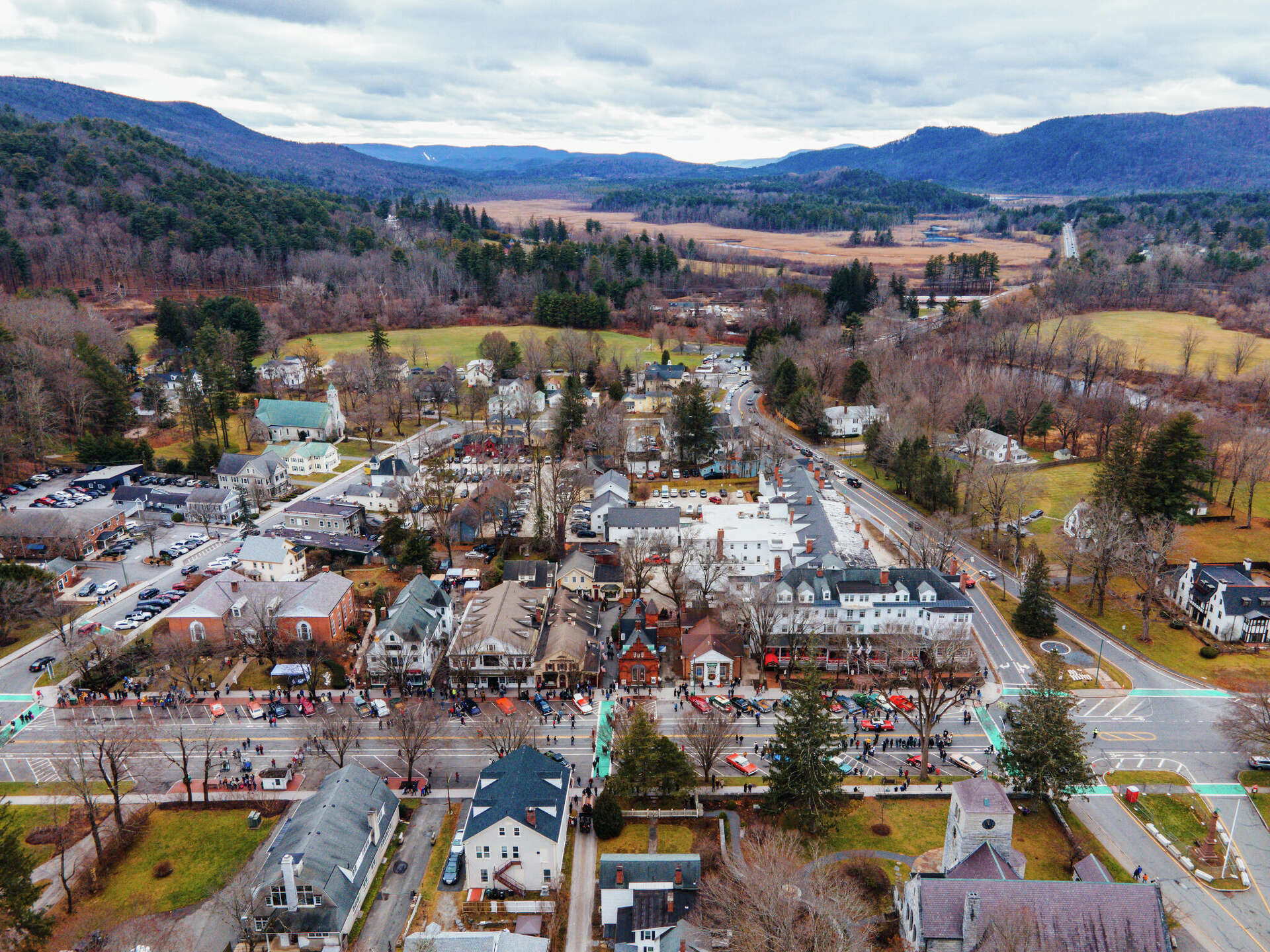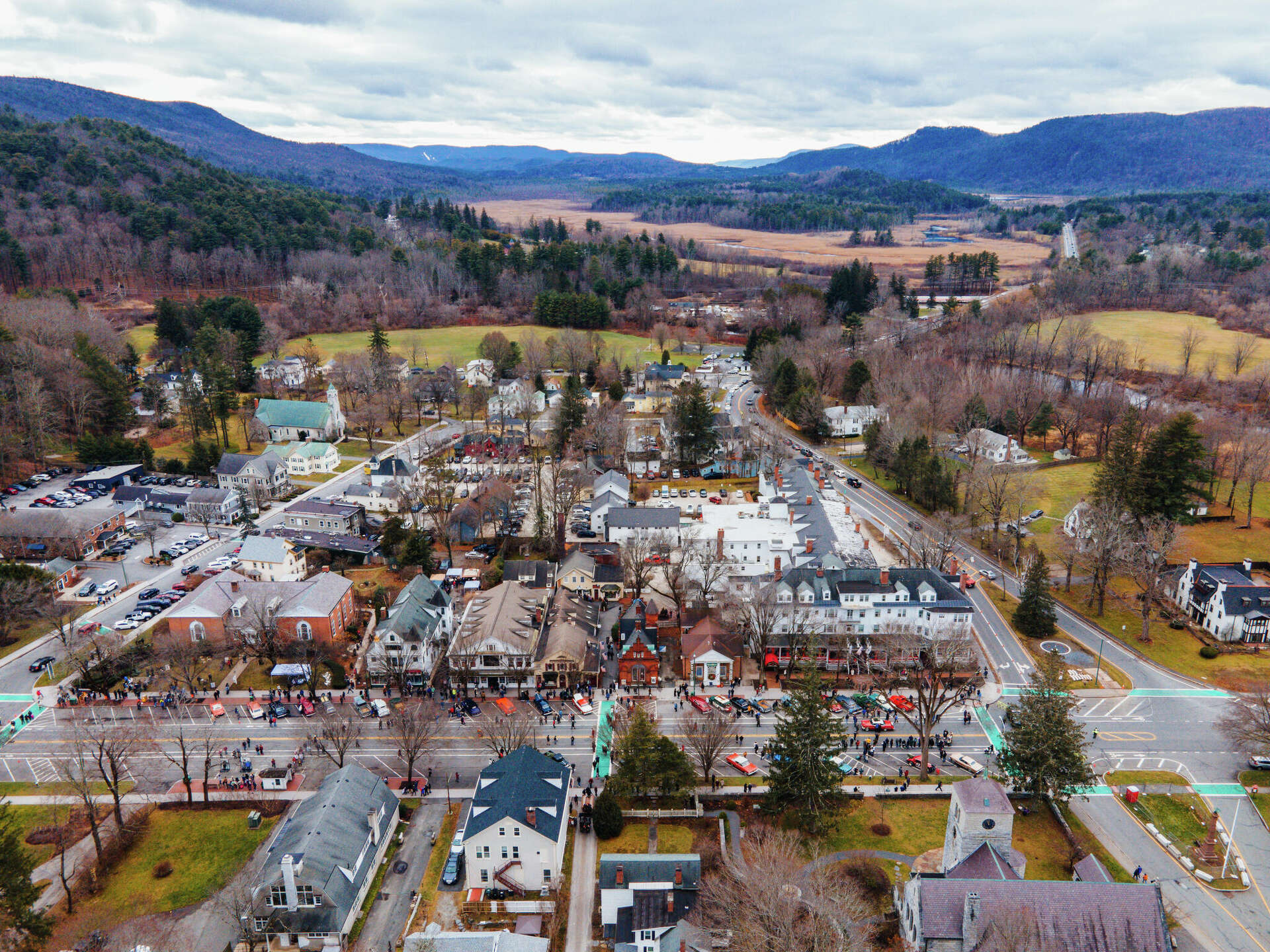Stockbridge, MA
With complete, trustworthy pavement data delivered in weeks instead of months, Stockbridge moved quickly from assessment to action so residents feel improvements sooner.

Stockbridge, MA Infrastructure Assessment
Summary
- 45 roadway miles scanned with LiDAR and sensors, giving Stockbridge defensible, street-level pavement condition data residents can trust.
- Actionable plans and clear priorities delivered by June 5, 2025—weeks, not months—so repairs start sooner for the community.
- City leaders now explain decisions with confidence, accelerating fixes and improving safety for drivers, cyclists, and pedestrians.
Problem
Stockbridge’s road network faces harsh New England freeze–thaw cycles and seasonal traffic, but the town relied on outdated or inconsistent data, making it hard to know which streets to fix and when. Without a clear prioritization method, staff were reactive to complaints and constantly asked “Why not my road?” in meetings, which made decisions appear biased or political. Budget discussions were difficult to defend because there were no accurate, current numbers to show efficient use of taxpayer dollars.
Solution
Stockbridge chose to rapidly survey its entire street network using Cyvl’s vehicle-mounted LiDAR and sensors, capturing detailed pavement condition across 45 miles. Cyvl’s Infrastructure Intelligence platform then applied AI to produce condition scores, segment-level diagnostics, and prioritized repair lists that translate directly into work plans and capital budgets. The city received clear, defensible reports and maps by June 5, 2025, enabling leaders to move from reactive guesswork to timely, data-driven action residents can see on the ground.
Impact
With complete, trustworthy pavement data delivered in weeks instead of months, Stockbridge moved quickly from assessment to action so residents feel improvements sooner. The 45-mile dataset unlocked precise scheduling, transparent communications, and a capital plan that aligns with real field conditions. Armed with defensible evidence, leaders confidently answer “why this road, why now,” streamline approvals, and direct crews where repairs will deliver the greatest benefit to taxpayers.
- Safer travel as crews target the most critical segments first, reducing hazards for drivers, cyclists, and pedestrians
- Faster pothole and patch repairs because work orders flow directly from segment-level condition scores
- Fewer 311 complaints as clear maps and timelines show what will be fixed and when
- Smoother town meetings with transparent data that explains priorities and trade-offs
- Stronger budget cases and quicker approvals by showing efficient, needs-based use of taxpayer dollars
- More efficient scheduling and procurement as quantities, treatments, and project limits are defined up front
- Reduced time from data collection to project implementation, so residents see paving and maintenance begin sooner




-%20logo%20(unpadded).png.png)